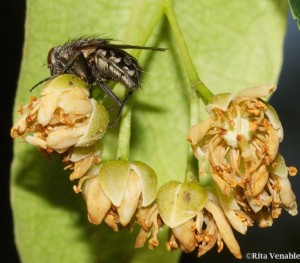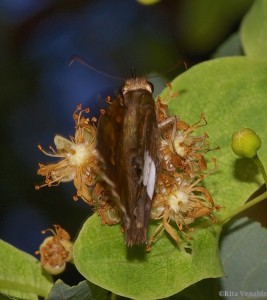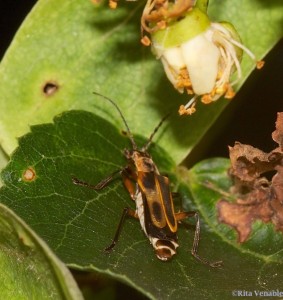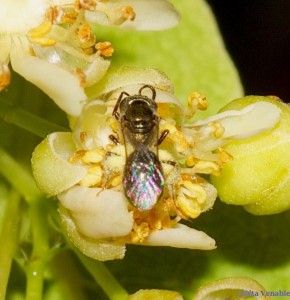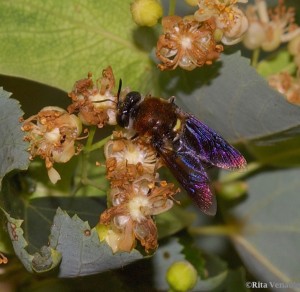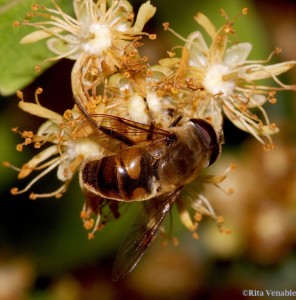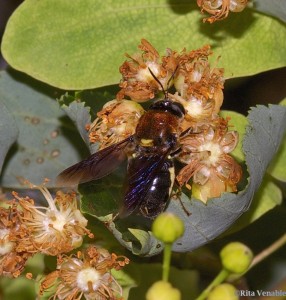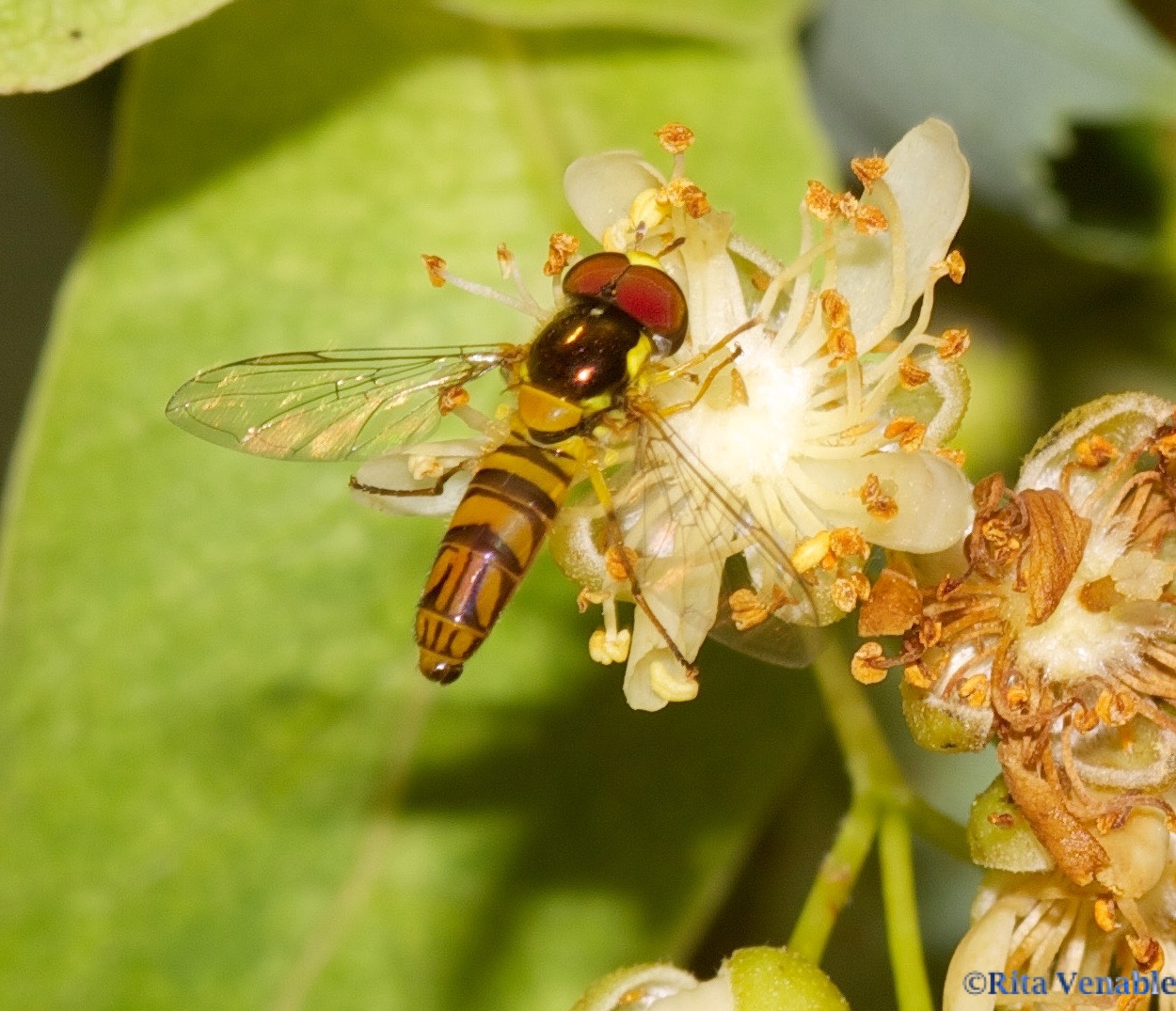Littleleaf linden (Tilia cordata) trees were planted in our neighborhood years ago before we moved here. Other street trees were also planted such as willow oak, ash, and trident maple, but the linden is my favorite. There are two in our immediate area and nine on our block. They live in the “dog walk” zone—an approximately four-foot strip of grass between the concrete sidewalk and the asphalt street.
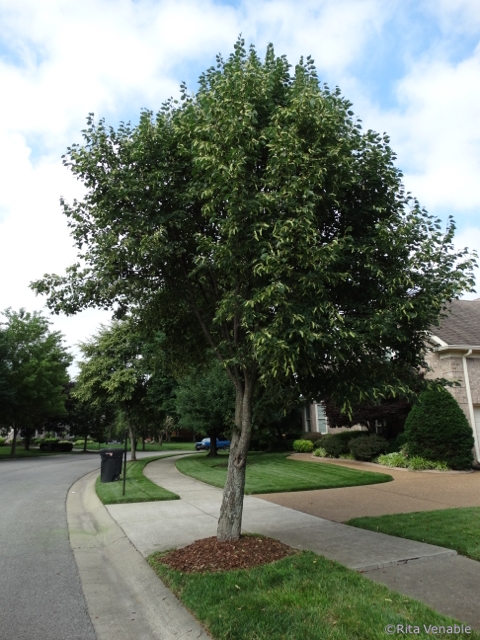
In late May and early June, littleleaf lindens and magnolias bloom—the whole neighborhood smells sweet especially in the late afternoons.
Insects notice the sweet odors, too, and are attracted to the lindens. The other day, I was standing outside talking to a neighbor, when I noticed how many insects were flying around the trees. I went inside to fetch my camera and began shooting—the images you see here were all obtained during a 15-minute time period.
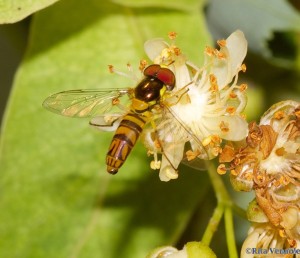
Littleleaf lindens are European natives but are in the same genus as our American linden (Tilia americana) that is native to almost the entire eastern United States and Canada. Littleleaf lindens are used in urban landscapes because of their low maintenance, fragrant flowers, drought tolerance, form, and attractive foliage. American lindens are less tolerant of urban conditions. [1]
Both linden species have a pleasant odor especially late in the afternoon and both are insect pollinated but wind may play a part as well. Moths visit the sweet flowers at night while bees and flies frequent the flowers during the daytime. Many different insect species may be linden pollinators.[2]
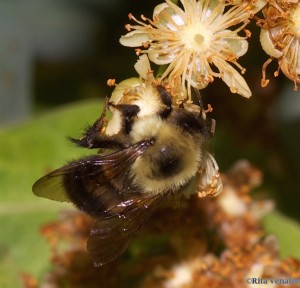
This illustrates the importance of trees in the pollinator garden. These pleasing trees are not invasive, either. Invasiveness should always be considered before planting anything. To my knowledge, lindens require little to no maintenance.[3] Consider planting this tree if you need shade and like the sound of pollinators at work. These days, that would be a welcome sound indeed.
[1] Missouri Botanical Garden website. 2015. Accessed June 10. http://www.missouribotanicalgarden.org.
[2] Anderson, G. J. 1976. “The Pollination Biology of Tilia.” American Journal of Botany 63, no. 9: 1203–1212.
[3] Personal observation. 2004–2015. Only one year did we have issue with them and that was the year of the massive numbers of Japanese beetles in Middle Tennessee (even in wild places).
Note: Many thanks to Dr. Steve Murphree, Biology Department, Belmont University, for help in insect identification.
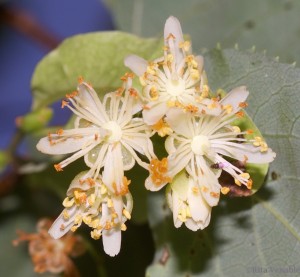
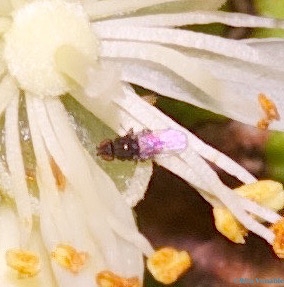 This tiny unidentified insect (two photos shown above) was also observed on the linden. It is a fly (maybe Phoridae).
This tiny unidentified insect (two photos shown above) was also observed on the linden. It is a fly (maybe Phoridae).